While finishing 501 on the bullseye is certainly a stylish and challenging feat, it’s not always the optimal strategy for winning; consistently hitting doubles is generally more reliable. This article will explore the intricacies of finishing 501, focusing on effective strategies, common obstacles, and alternative approaches to secure victory on the dartboard.
⚠️ Still Using Pen & Paper (or a Chalkboard)?! ⚠️
Step into the future! The Dart Counter App handles all the scoring, suggests checkouts, and tracks your stats automatically. It's easier than you think!
Try the Smart Dart Counter App FREE!Ready for an upgrade? Click above!
Why Aiming to Finish 501 on the Bullseye Isn’t Always the Best Strategy
The allure of ending a game of 501 with a dart piercing the bullseye is undeniable. It’s a dramatic conclusion that signifies precision and skill. However, consistently aiming for the bullseye as your finishing shot isn’t necessarily the most strategic approach. The bullseye, representing 50 points, is a smaller target than the double ring around the perimeter of the board. Therefore, your chances of hitting a double are statistically higher, and a double finish is the standard requirement in 501.
While some players might excel at bullseye finishes, focusing on doubles provides a more consistent and reliable path to victory. A well-planned strategy involving setups for easier doubles, such as double 16 or double 20, will often yield better results in the long run. Think of it as playing the percentages: a larger target increases your odds of success.
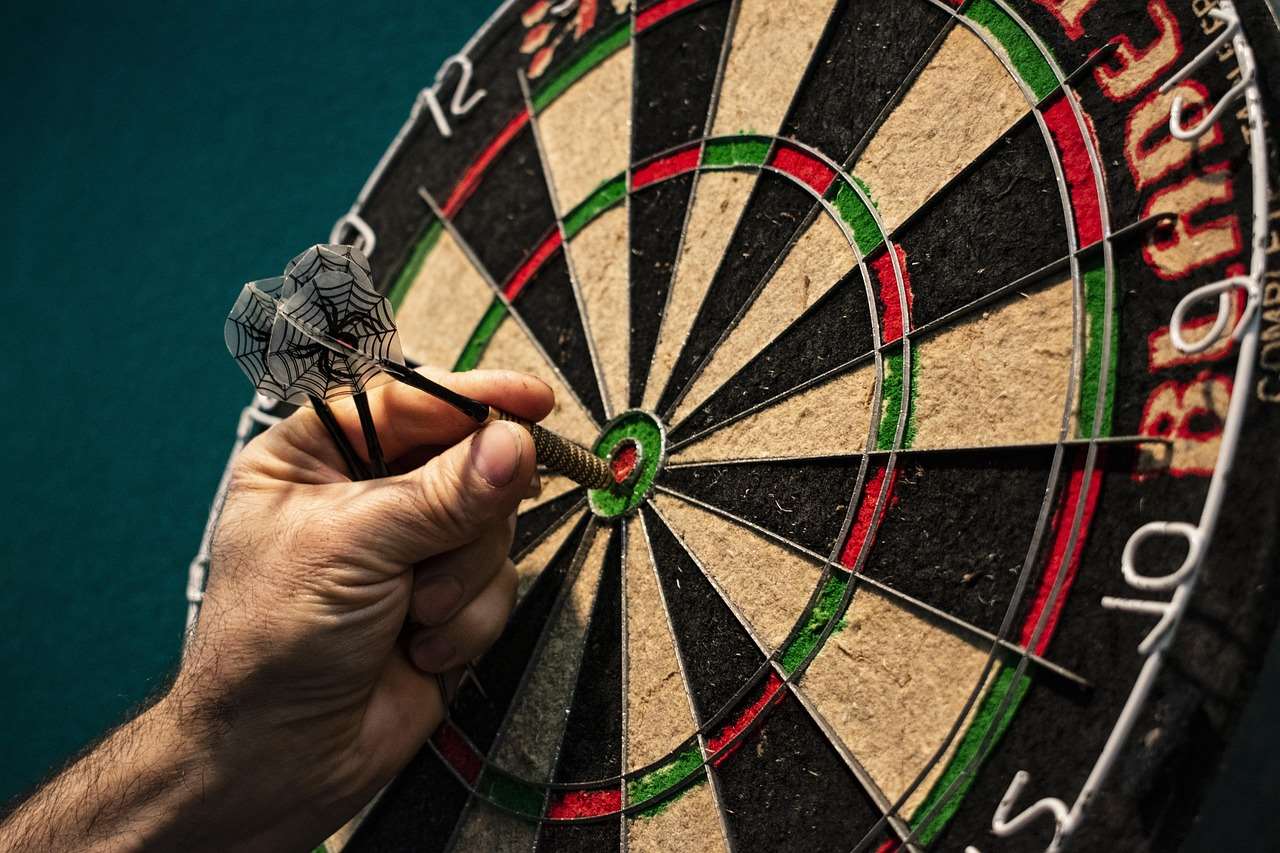
Understanding Optimal Checkout Strategies in 501
Checkout strategies in 501 are crucial for maximizing your scoring potential and minimizing wasted darts. Instead of solely fixating on the bullseye, a smart player will calculate the most efficient path to a double finish. This involves understanding the value of each segment on the board and how they can be combined to leave a manageable number for your final throw.
Here are some key considerations for optimal checkout strategies:
- Plan ahead: Before throwing, analyze your current score and consider what you need to leave for your next turn.
- Prioritize setups: Aim for scores that leave you with common and easily hittable doubles, like double 20 (40), double 16 (32), or double 18 (36).
- Use the 25s: The single 25 (the outer bull) can be useful in setting up doubles, especially when you need an odd number before the double.
- Avoid busts: Be mindful of the “bust” rule. Going over zero or ending on one point forfeits your turn.
Remember, the goal is to reach a double. Learning common checkout combinations and practicing your double shots are far more valuable than exclusively pursuing the bullseye finish.
So, Can You Finish 501 on the Bullseye? Analyzing the Feasibility
While not the most strategic primary goal, the question of **Can you finish 501 on the bullseye?** is still valid and worth exploring. It’s certainly *possible* in certain scenarios, particularly when you have 50 points remaining. In this specific instance, aiming for the bullseye is the direct and obvious choice. However, strategically maneuvering your score to *specifically* leave 50 is rarely the best course of action.
Consider these factors:
- Remaining Points: The only time finishing on the bullseye is guaranteed possible is when you have exactly 50 points remaining.
- Skill Level: A player with exceptional accuracy might be more comfortable aiming for the bull, but for most, doubles offer a safer bet.
- Game Situation: In a close match, the pressure of a bullseye finish can be immense, potentially leading to missed shots.
Ultimately, the decision to attempt a bullseye finish depends on your comfort level, the remaining points, and the overall game situation. However, relying solely on this approach is generally not recommended for consistent success.
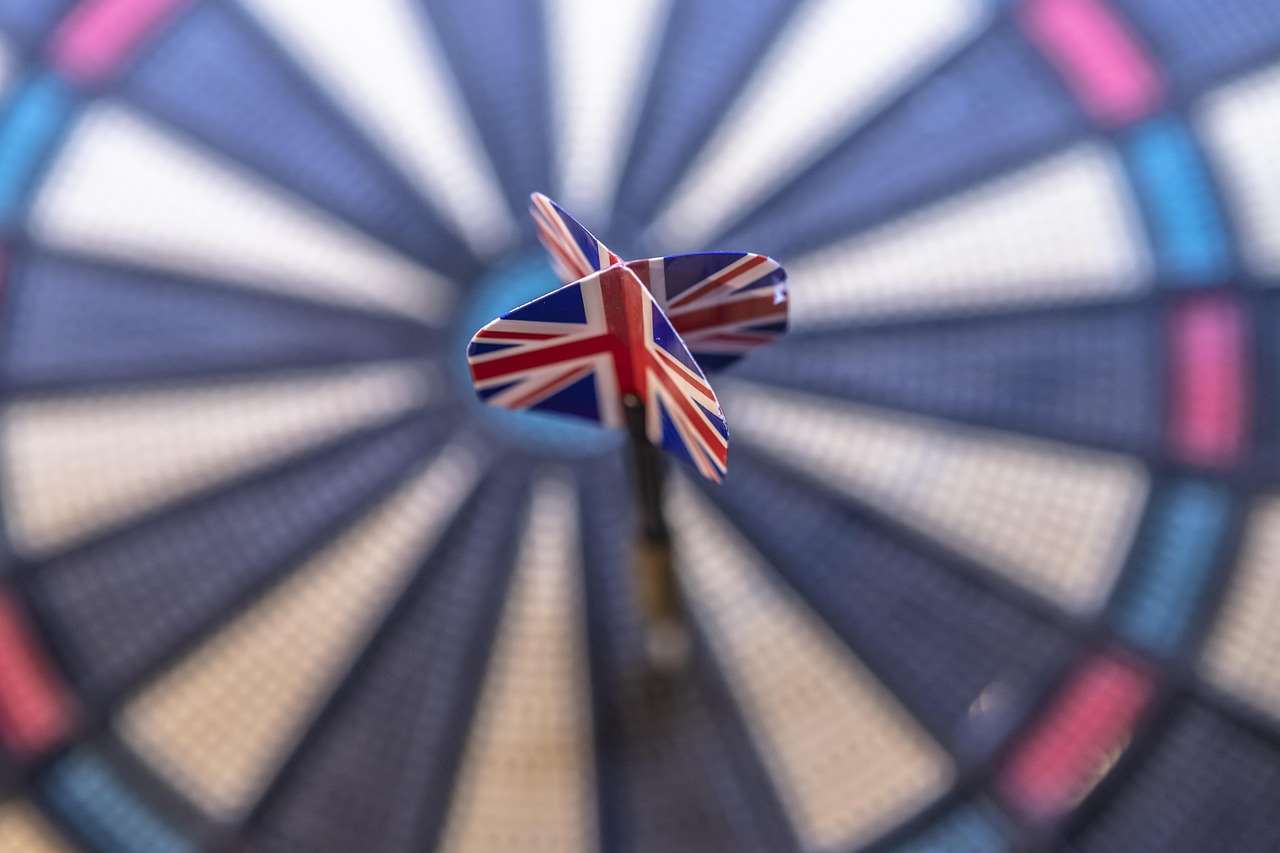
Common Pitfalls to Avoid When Aiming for a Bullseye Finish
Even if you decide to attempt a bullseye finish in certain situations, there are common pitfalls to avoid. These mistakes can derail your attempt and potentially cost you the game.
- Overconfidence: Don’t let the excitement of a potential bullseye finish cloud your judgment. Maintain focus and execute your throw with precision.
- Lack of Warm-up: Ensure your arm is properly warmed up before attempting a high-pressure shot like a bullseye finish.
- Poor Stance and Grip: A stable stance and consistent grip are essential for accuracy. Maintain your fundamentals, even under pressure. Check out Basic Darts Fundamentals for Beginners for help with your stance!
- Rushing the Throw: Take your time and focus on your target. Don’t rush the throw, especially when the game is on the line.
- Ignoring Wind or Distractions: Be aware of any environmental factors, such as wind or distractions, that could affect your throw.
By avoiding these pitfalls, you’ll increase your chances of successfully hitting the bullseye, should you choose to attempt it.
Alternative Checkout Combinations for 501
Instead of focusing solely on the bullseye, mastering alternative checkout combinations is crucial for consistent success in 501. These combinations provide more reliable paths to a double finish and allow you to adapt to different scoring scenarios.
Here are some common and effective checkout combinations:
- 170 Checkout (T20, T20, Bullseye): The highest possible checkout, but rarely planned for due to the risk of missing the treble.
- 167 Checkout (T20, T19, Bullseye): Another high checkout, also risky.
- 164 Checkout (T20, T18, Bullseye): Like the previous, a longshot.
- 161 Checkout (T20, T17, Bullseye): All of these Bullseye-based high finishes are extremely difficult.
- 160 Checkout (T20, T20, D20): A more strategic option.
- 100 Checkout (T20, D20): A solid score to leave 40 for an easy Double 20.
- 60 Checkout (20, D20 or T10, D15 or D15, D15): Leaving 60 is useful to set up a double.
Practice these combinations regularly to build muscle memory and increase your confidence in various checkout scenarios. Remember that alternative darts rules for home play may involve practicing variations of these outs.
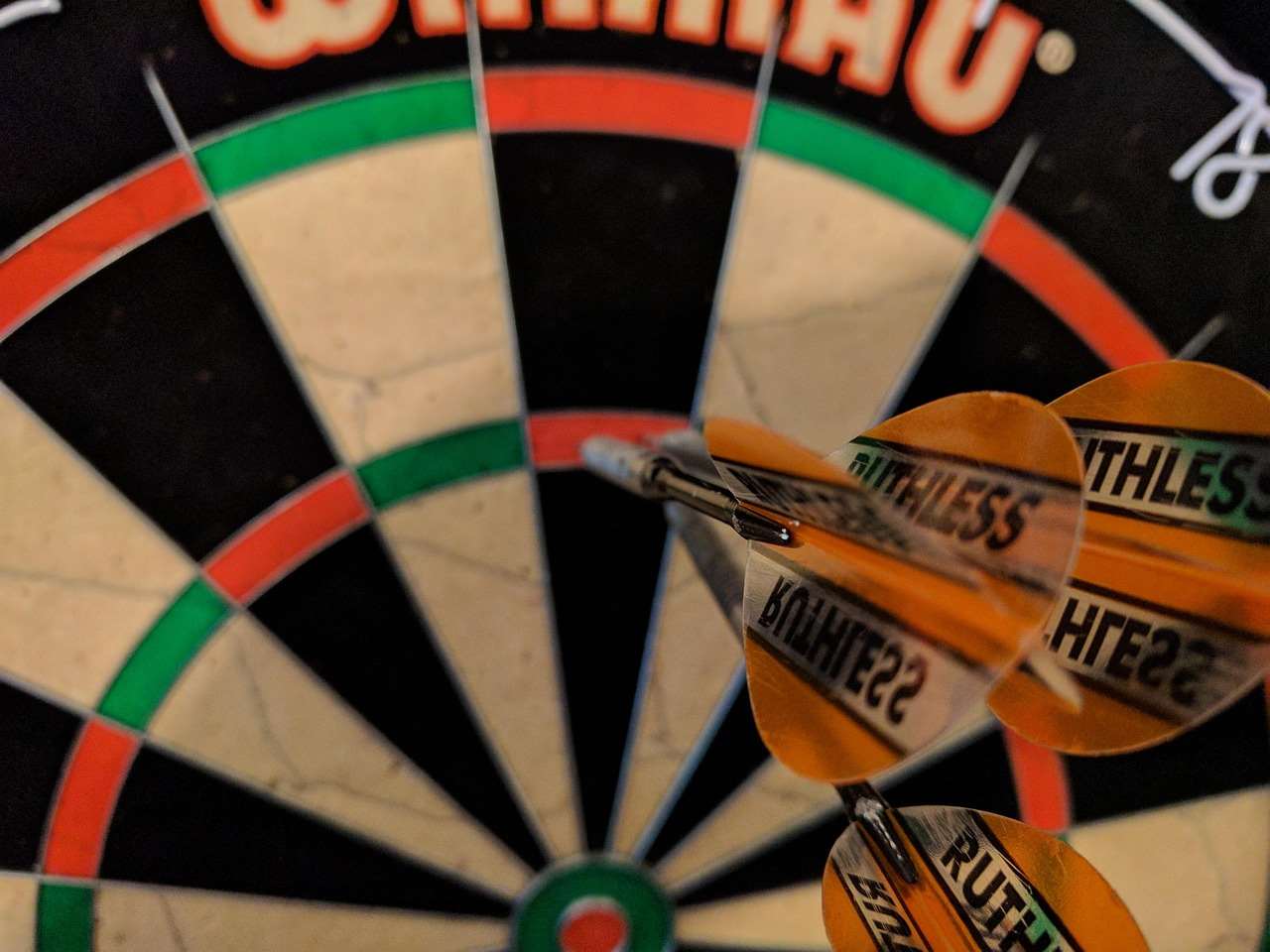
Practicing Bullseye Accuracy: Drills and Exercises
While doubles should be your primary focus, practicing bullseye accuracy can still be beneficial for improving your overall darting skills. It can enhance your precision and control, which can translate to better performance on other areas of the board.
Here are some drills and exercises to improve your bullseye accuracy:
- Bullseye Challenge: Set a goal for the number of bullseyes you want to hit in a given number of throws.
- Bullseye-Only Games: Play games where the only valid scoring area is the bullseye. This forces you to focus solely on that target.
- Segmented Practice: Divide the dartboard into segments and practice hitting each segment repeatedly. This helps improve your overall accuracy and consistency.
Remember to practice regularly and track your progress to identify areas for improvement. While aiming to finish 501 on the bullseye isn’t always the best strategy, improved bullseye accuracy can indirectly enhance your overall darting game. Consider how adapting darts rules for small spaces can also alter your practice routine.
The Mental Game: Staying Focused Under Pressure
The mental aspect of darts is just as important as the physical skill. Staying focused and composed under pressure is crucial for executing your checkout strategy, regardless of whether it involves the bullseye or a double. You can even look at Simplified 501 game rules for novice players to reduce pressure.
Here are some tips for maintaining mental focus:
- Deep Breathing: Use deep breathing techniques to calm your nerves and center yourself before each throw.
- Visualization: Visualize your dart hitting the target before you throw. This can help improve your confidence and accuracy.
- Positive Self-Talk: Replace negative thoughts with positive affirmations. Believe in your ability to execute your shot.
- Stay Present: Focus on the present moment and avoid dwelling on past mistakes.
By mastering the mental game, you’ll be better equipped to handle the pressure of a close match and execute your checkout strategy with confidence. And remember, sometimes how to make darts fairer with handicap rules can reduce the intensity.
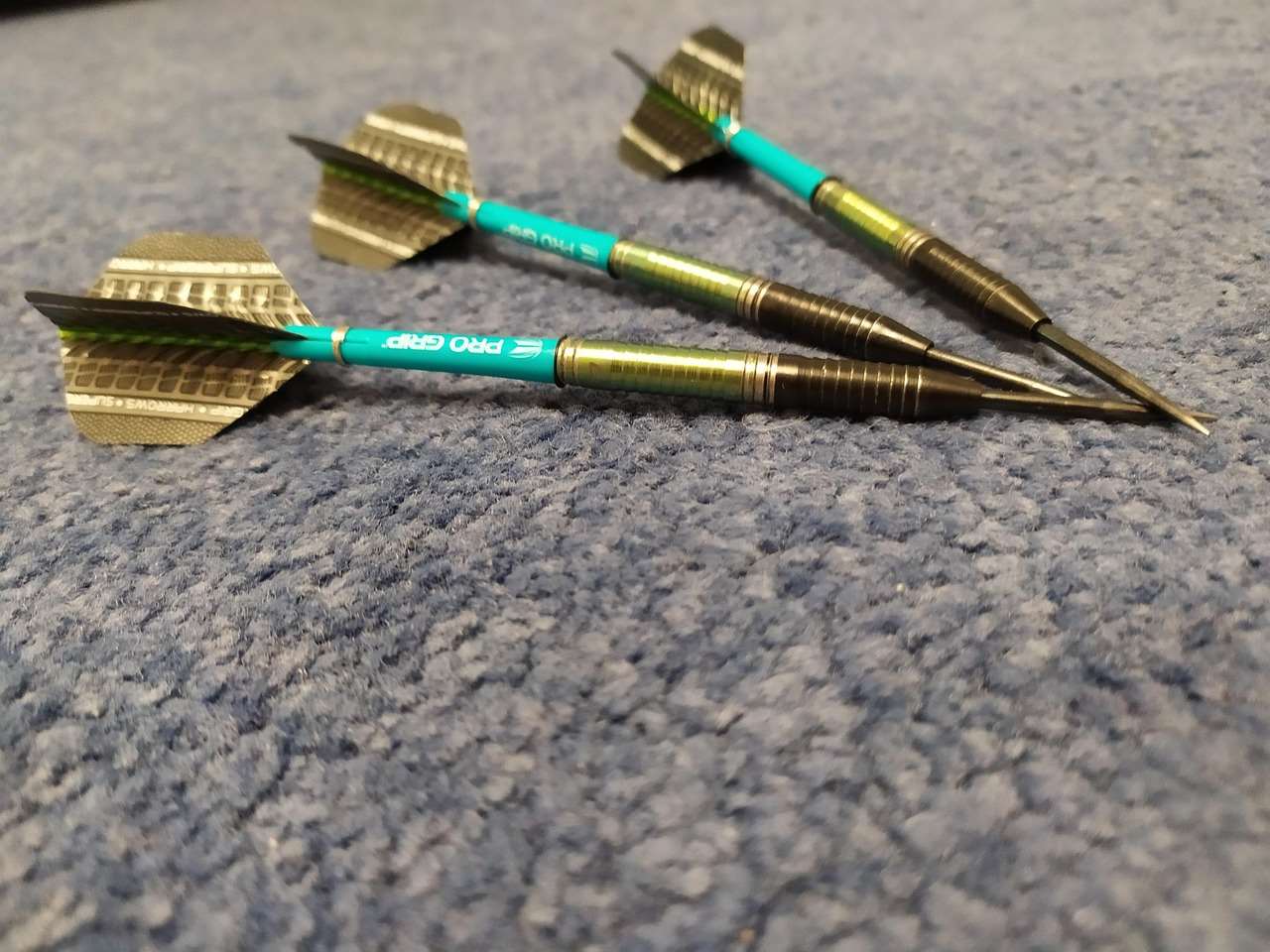
Advanced Strategies: Using the Bullseye as a Setup
While not ideal as a primary finishing target, the bullseye *can* be used strategically as a setup for a double. This is particularly useful when you need to leave an odd number before your final double attempt.
For example, if you have 81 remaining, hitting the bullseye (50) would leave you with 31. Then, a single 15 leaves 16 for Double 8.
Here’s how to effectively use the bullseye as a setup:
- Calculate Carefully: Ensure that hitting the bullseye will leave you with a manageable number for your next throw.
- Practice Accuracy: You need to be confident in your ability to hit the bullseye consistently to use it as a setup effectively.
- Consider Alternatives: Evaluate whether there are other scoring options that might be more reliable.
Using the bullseye as a setup adds another layer of complexity to your checkout strategy and can give you an edge over your opponent. This shows that finishing 501 on the bullseye has strategic dimensions besides being the primary goal. Understanding fun dart game variations with modified rules helps with strategic thought.
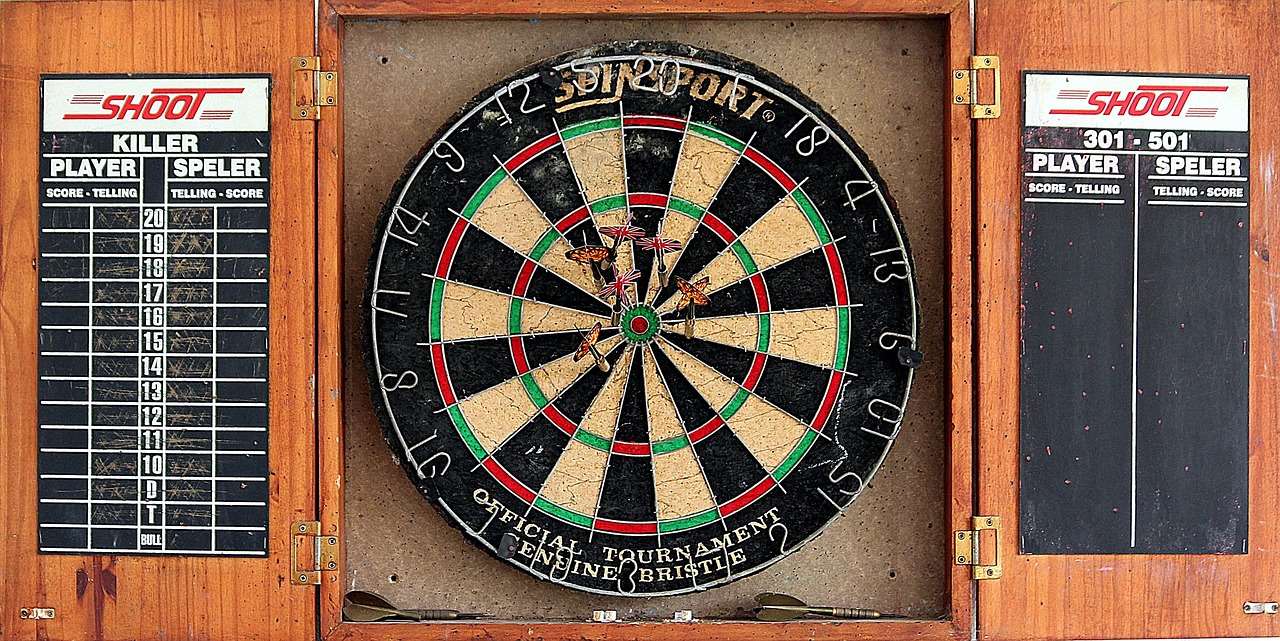
Conclusion: Embracing a Balanced Approach to 501
While the thrill of finishing 501 on the bullseye is undeniable, it’s crucial to adopt a balanced approach that prioritizes strategic planning and consistent accuracy. Mastering double finishes, understanding optimal checkout combinations, and developing mental fortitude are all essential components of a successful darting game. While bullseye accuracy can be a valuable asset, focusing on doubles provides a more reliable path to victory.
So, while *can you finish 501 on the bullseye?* the answer is a qualified ‘yes’, but a better question might be ‘should you *always* try to?’. By understanding the nuances of the game and developing a well-rounded skill set, you’ll significantly increase your chances of consistently winning and dominating the dartboard. Now, grab your darts, practice those doubles, and aim for victory!
Hi, I’m Dieter, and I created Dartcounter (Dartcounterapp.com). My motivation wasn’t being a darts expert – quite the opposite! When I first started playing, I loved the game but found keeping accurate scores and tracking stats difficult and distracting.
I figured I couldn’t be the only one struggling with this. So, I decided to build a solution: an easy-to-use application that everyone, no matter their experience level, could use to manage scoring effortlessly.
My goal for Dartcounter was simple: let the app handle the numbers – the scoring, the averages, the stats, even checkout suggestions – so players could focus purely on their throw and enjoying the game. It began as a way to solve my own beginner’s problem, and I’m thrilled it has grown into a helpful tool for the wider darts community.